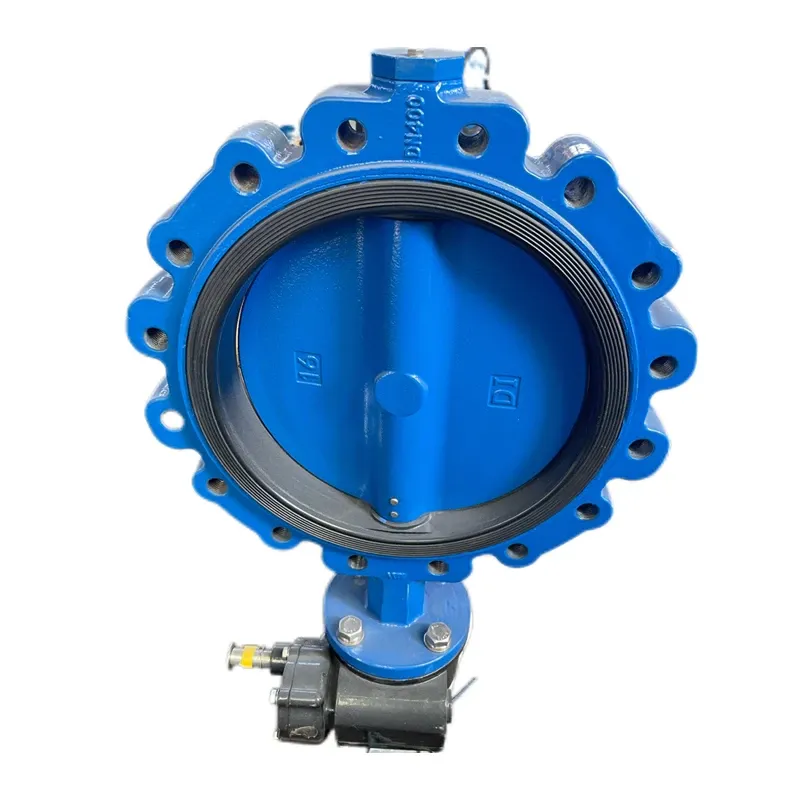តុលា . 11, 2024 00:07 Back to list
double eccentric butterfly valve
Understanding Double Eccentric Butterfly Valves A Comprehensive Guide
Double eccentric butterfly valves, often referred to as high-performance butterfly valves, are essential components used in various industries for controlling fluid flow. Their unique design maximizes efficiency and durability while minimizing maintenance costs, making them a popular choice among engineers and plant operators. In this article, we delve into the design, working principles, applications, advantages, and considerations of double eccentric butterfly valves.
Design and Working Principle
The double eccentric butterfly valve gets its name from two key features in its design the eccentricity of both the valve disc and the shaft. In conventional butterfly valves, the shaft is placed centrally, which can lead to wear and tear over time due to friction with the seat. However, in a double eccentric design, the shaft is offset from the center of the disc and the valve body. This configuration offers several benefits.
First, as the valve disc rotates, it moves away from the seat instead of grinding against it. This reduces the wear on the sealing surfaces and extends the lifespan of the valve. Second, the double eccentricity allows for a tighter seal when the valve is closed. The disc’s design facilitates a smooth transition between fully closed and fully open positions, minimizing the risk of leakage.
The valve operates on the principle of rotary movement. When the actuator (manual, pneumatic, or electric) turns the valve, the disc rotates around its pivot point, allowing fluid to flow through or blocking it entirely when closed. This rotary motion is efficient and allows for quick and reliable operation.
Applications
Double eccentric butterfly valves are versatile and can be used in various applications. They are particularly prevalent in the oil and gas industry, water treatment facilities, power plants, chemical production, and HVAC systems. Their ability to handle high pressure and temperature makes them suitable for applications involving steam, sour gas, and corrosive chemicals.
In water treatment plants, for example, these valves ensure the proper flow of raw water, filtered water, and chemical agents. In the oil and gas sector, they are used to control the flow of crude oil and natural gas through pipelines. Their robust design and reliable sealing capabilities make them indispensable in harsh environments.
double eccentric butterfly valve

Advantages
One of the standout features of double eccentric butterfly valves is their efficiency. They require less force to open and close compared to conventional valves due to their eccentric design, which reduces wear on components. Additionally, they have a compact design, making them lightweight and easier to install in spaces where traditional valves would be too bulky.
Another advantage is their excellent sealing capability. Double eccentricity ensures tighter seals, which significantly reduces the chances of leakage. This is especially critical in applications where fluid loss can lead to environmental damage or increased operational costs. Moreover, they can be manufactured from various materials, including stainless steel, which enhances their resistance to corrosion and wear.
Considerations
When selecting a double eccentric butterfly valve, several factors should be considered. The type of fluid being controlled is crucial, as different materials may be required for corrosive or high-temperature applications. It's also important to consider the pressure and temperature ratings to ensure the valve will operate effectively within the intended environment.
Additionally, the selection of the actuator plays a significant role in the valve's performance. Pneumatic, electric, and hydraulic actuators all have different operational characteristics that can affect the valve's opening and closing speed, responsiveness, and overall control.
Conclusion
Double eccentric butterfly valves represent a significant advancement in valve technology. Their innovative design allows for more efficient flow control and longer service life, making them suitable for a wide range of applications. Understanding their features, advantages, and best practices for selection can help industries leverage their benefits, leading to improved operational efficiency and reduced downtime.
In summary, as industries strive for greater efficiency and reliability in fluid control, the double eccentric butterfly valve stands out as a leading choice. Its robust design combined with advanced engineering ensures that it will remain a vital component in fluid management systems for years to come. Whether in high-pressure pipelines or sophisticated HVAC systems, this valve type continues to prove its worth across various sectors.
Share
-
Reliable Wafer Type Butterfly Valves for Every IndustryNewsJul.25,2025
-
Reliable Flow Control Begins with the Right Ball Check ValveNewsJul.25,2025
-
Precision Flow Control Starts with Quality ValvesNewsJul.25,2025
-
Industrial Flow Control ReliabilityNewsJul.25,2025
-
Engineered for Efficiency Gate Valves That Power Industrial PerformanceNewsJul.25,2025
-
Empowering Infrastructure Through Quality ManufacturingNewsJul.25,2025